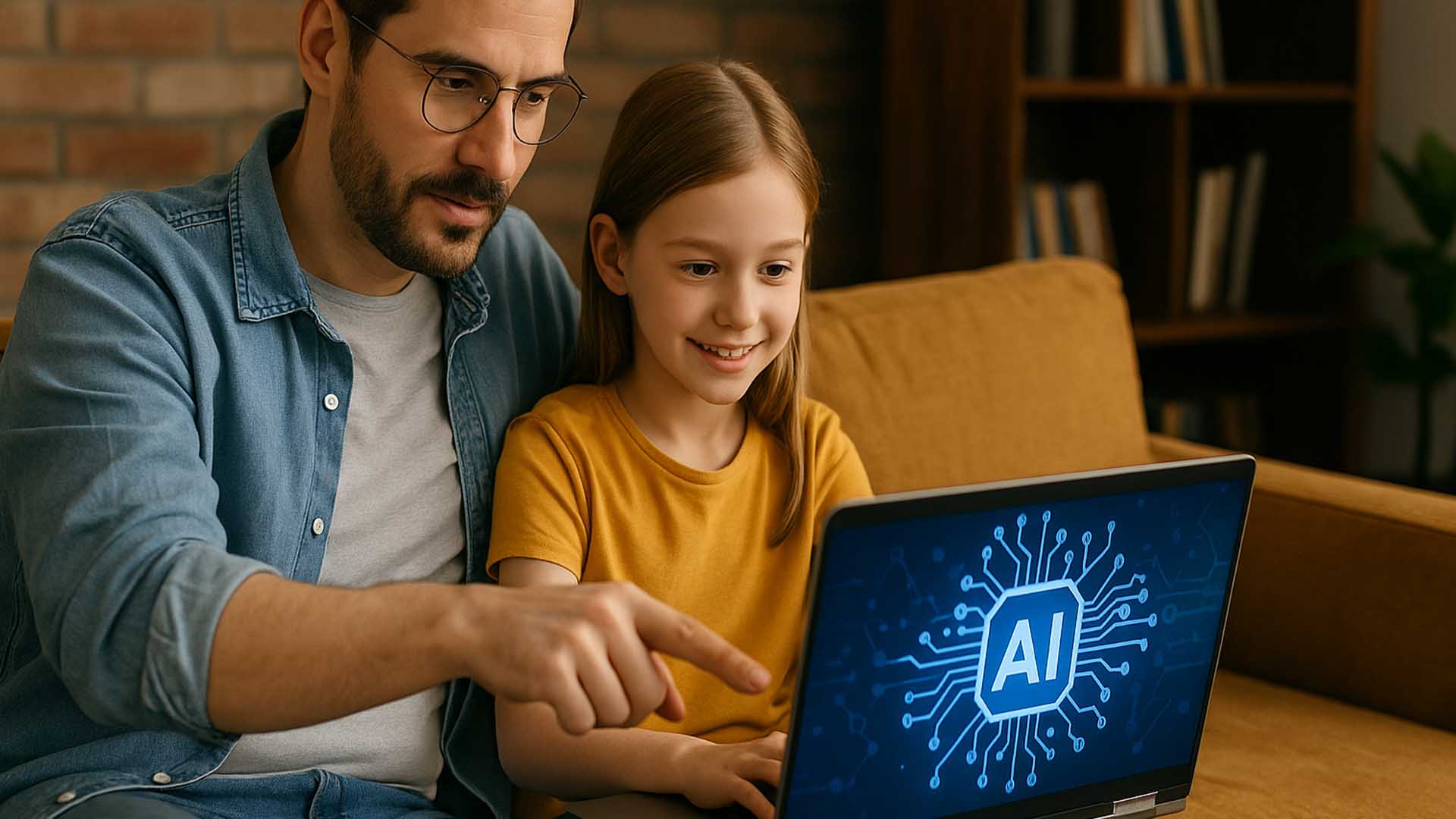Artificial Intelligence (AI) is rapidly changing our world, and our children are growing up in the heart of this technological revolution. From smart toys to educational apps, AI is becoming an increasingly present part of their daily lives. But what does this mean for their development, and how can parents ensure a safe and beneficial journey through this digital frontier? This article explores the exciting opportunities and important considerations of AI for kids, offering practical advice for parents.
The Bright Side: How AI Can Boost Your Child’s Learning and Creativity
AI isn’t just about robots and science fiction; it’s a powerful tool that can personalize learning experiences, making education more engaging and effective. Imagine an AI tutor that adapts to your child’s unique learning style, providing tailored lessons and immediate feedback. This personalized approach can help children grasp complex concepts more easily and develop a love for learning [1].
Beyond academics, AI can also spark creativity. Many platforms now allow children to experiment with AI art generation, music composition, and even simple coding, fostering innovative thinking and problem-solving skills. Learning basic AI commands, like those used with smart home devices, can also teach children about clear communication and logical thinking [2].
Navigating the Challenges: Risks and Responsible Use
While the benefits are numerous, it’s crucial to acknowledge the potential challenges. One major concern is the risk of bias and misinformation. AI systems learn from data, and if that data contains biases, the AI can perpetuate them. It’s important for parents to teach children critical thinking skills to evaluate information, regardless of its source [3].
Another challenge lies in the educational system itself. Many educators may lack the necessary knowledge and training to effectively integrate AI into the curriculum, leading to a gap in AI literacy. This highlights the need for comprehensive guidelines and resources for both teachers and parents [4].
Excessive screen time, a long-standing concern for parents, can also be exacerbated by engaging AI applications. Balancing digital interaction with offline activities is vital for a child’s holistic development. The goal is to leverage AI as a tool to complement, not replace, traditional learning and social interactions.
Empowering Parents: Tips for a Safe and Smart AI Journey
Guiding your child through the world of AI requires a proactive and informed approach. Here are some tips:
- Foster Critical Thinking: Encourage your child to question information, understand how AI works, and recognize potential biases. Discuss the difference between AI-generated content and human-created content.
- Set Screen Time Limits: Establish clear boundaries for digital device usage, ensuring a healthy balance with outdoor play, reading, and family time.
- Explore Educational AI Together: Discover age-appropriate AI tools and apps that promote learning and creativity. Engage with your child in these activities to understand their experiences and guide them.
- Prioritize AI Literacy: Advocate for AI education in schools and seek out resources that teach children about AI in a safe and engaging way. Understanding the basics of AI empowers them to use it responsibly.
- Open Communication: Maintain an open dialogue with your child about their online experiences. Encourage them to share any concerns or questions they have about AI or other digital interactions.
Q&A: Your Questions About Kids and AI Answered
Q1: Is AI safe for my child?
A1: When used responsibly and with parental guidance, AI can be a safe and beneficial tool. It’s important to choose age-appropriate applications and teach children about online safety and critical thinking.
Q2: How can AI help my child learn?
A2: AI can personalize learning, provide tailored lessons, offer immediate feedback, and make education more engaging. It can also help develop problem-solving and creative thinking skills.
Q3: What are the biggest risks of AI for kids?
A3: Potential risks include exposure to biased or misinformation, excessive screen time, and a lack of critical thinking if children become overly reliant on AI without understanding its limitations.
Q4: How can I teach my child about AI?
A4: You can explore educational AI tools together, discuss how AI works in everyday life, encourage critical thinking about AI-generated content, and set healthy screen time habits.
Sources:
[1] Harvard Graduate School of Education. (2024, October 2). The Impact of AI on Children’s Development. https://www.gse.harvard.edu/ideas/edcast/24/10/impact-ai-childrens-development
[2] Teague. A.I. & kids: the good, the bad, and the opportunities. https://teague.com/insights/kids-and-ai
[3] Mobicip. (2024, December 26). AI’s Impact on Kids: Benefits & Risks. https://www.mobicip.com/blog/ai-kids-online-benefits-risks
[4] ScienceDirect. Artificial Intelligence (AI) Literacy in Early Childhood Education. https://www.sciencedirect.com/science/article/pii/S2666920X23000036








0 Comments